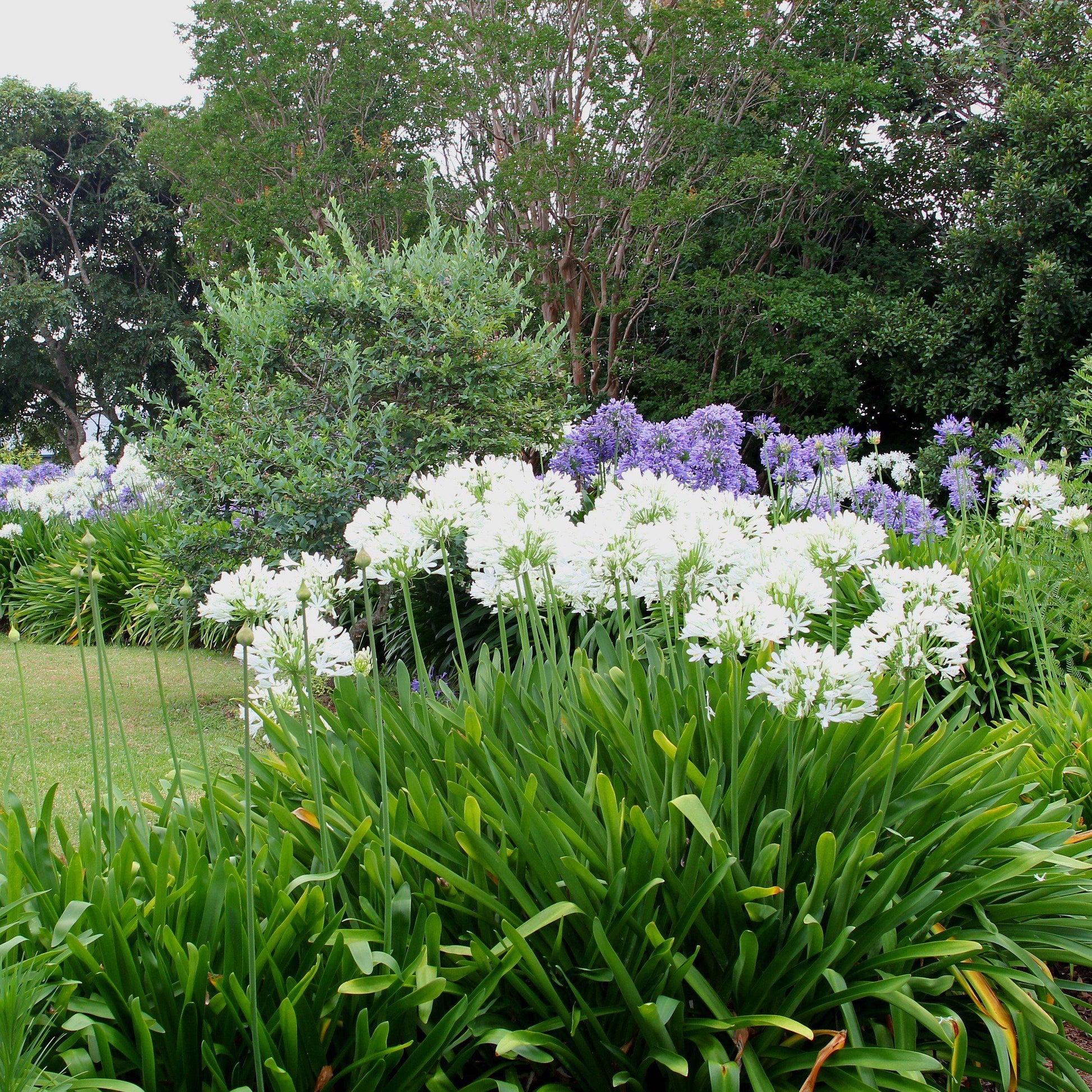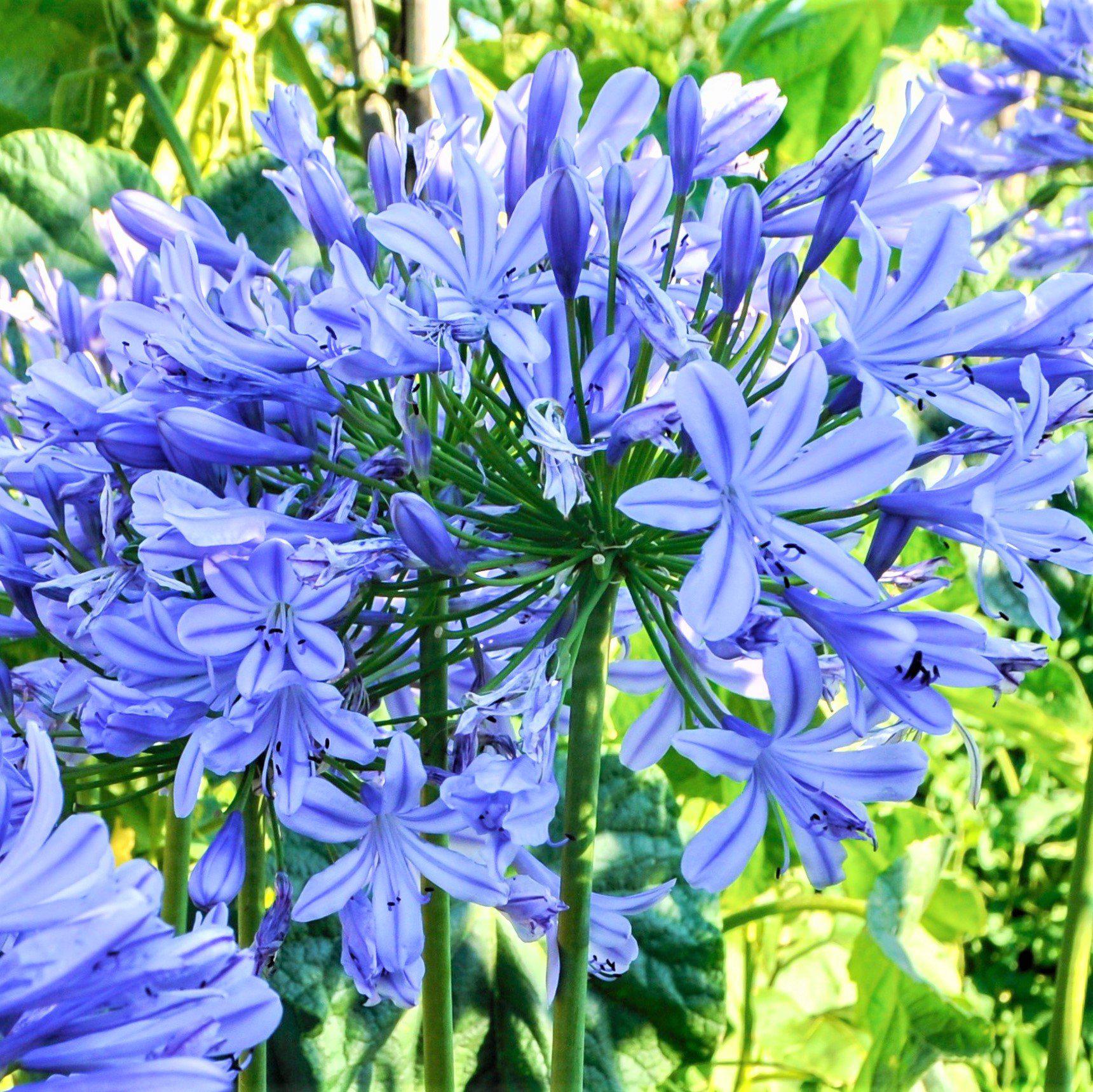How to Plant and Maintain Agapanthus in Your Yard
How to Plant and Maintain Agapanthus in Your Yard
Blog Article
Mastering the Art of Agapanthus Care: Important Steps for Healthy Development and Vibrant Blooms
In the realm of gardening, the growing of agapanthus stands as a gratifying undertaking for those that seek to support these stylish blooming plants. From selecting the right selection to mastering pruning methods, the journey in the direction of growing growing agapanthus plants is diverse and holds the vital to unlocking the full potential of these botanical gems.

Picking the Right Agapanthus Range

When selecting the best Agapanthus variety for your garden, take into consideration aspects such as environment suitability, blossom shade, and development practice. Agapanthus, typically referred to as Lily of the Nile or African lily, can be found in a selection of colors ranging from shades of purple and blue to white. Select a bloom color that matches your existing yard scheme to develop a harmonious landscape. In addition, think about the climate in your area to make certain the Agapanthus range you pick can flourish in your specific conditions. Some varieties are extra forgiving of cool temperatures, while others like warmer environments. Comprehending the growth practice of different Agapanthus selections is crucial for proper placement within your yard. Some ranges have a clumping development habit, perfect for boundaries or containers, while others have an even more dispersing nature, suitable for ground cover or mass growings. By carefully assessing these elements, you can select the perfect Agapanthus variety to boost the appeal of your garden.
Suitable Growing Conditions
Considering the ideal ecological demands is vital for successful Agapanthus cultivation. Agapanthus prospers in well-draining dirt with a slightly acidic to neutral pH level. When growing, pick an area that obtains full sunshine to partial shade. In hotter environments, supplying some afternoon color can avoid scorching of the fallen leaves. Agapanthus plants are delicate to cool temperatures and need to be secured from frost during winter season.
To make sure healthy growth and lively blooms, plant Agapanthus light bulbs at a depth of about 2-4 inches and room them 8-12 inches apart. Mulching around the base of the plants assists maintain wetness and suppresses weed growth.
Watering and Feeding Tips
Keeping correct wetness levels and giving vital nutrients are crucial elements in the treatment routine for Agapanthus plants. It is vital to strike a balance when it comes to watering Agapanthus. If overwatered, these plants choose constantly wet soil but are susceptible to root rot. During the expanding season, water deeply as soon as a week, making sure the dirt is well-draining to avoid waterlogging. In hotter environments or during durations of drought, even more frequent watering might be essential to keep the dirt evenly damp. Nevertheless, lower watering in the winter season to avoid waterlogged conditions.
Fertilizing Agapanthus is crucial for promoting healthy and balanced development and respected blooms. Apply a balanced plant food, such as a 10-10-10 formula, in the early springtime as brand-new growth arises. Repeat this application every 6-8 weeks throughout the expanding season. Prevent excessive fertilizing, as it can lead to lavish vegetation at the expense of blossoms. Constantly comply with the maker's instructions for correct dilution and application techniques. By following these watering and fertilizing tips, you can guarantee your Agapanthus plants grow and produce dynamic, lasting blooms.
Trimming Methods for Agapanthus
Pruning Agapanthus plants at the proper times and with appropriate methods is essential for maintaining their health and wellness and advertising optimum growth and flowering. The suitable time to prune Agapanthus remains in late wintertime or early springtime before brand-new growth emerges. Begin by removing any yellowing or dead fallen leaves near the base of the plant. Cut them as short as feasible without harming the emerging shoots.
Deadheading spent flowers can likewise redirect the plant's energy into producing more blossoms instead than setting seeds. If you desire to gather seeds for breeding, leave some blossoms to mature and dry on the plant.
Keep in mind to make use of tidy, sharp tools to make specific cuts and decrease the risk of presenting illness. Agapanthus. Routine pruning will help keep your Agapanthus looking healthy and neat while ensuring a bountiful display of attractive blossoms
Managing Typical Bugs and Illness
After guaranteeing appropriate trimming techniques for Agapanthus, it is necessary to deal with typical bugs and conditions that can influence the health and wellness and vitality of these plants. view website Agapanthus plants are usually hardy but can still drop target to certain problems. One common pest that impacts Agapanthus is the Agapanthus gall midget. This tiny, orange fly lays its eggs in the vegetation, resulting in altered development and flower buds that stop working to open. To battle this insect, prune and destroy any kind of damaged plant parts and consider utilizing insecticidal soap.
Another common problem is fungal fallen leave place, which provides as dark lesions on the leaves. To stop fungal illness, make certain excellent air circulation around the plants, stay clear of overhanging watering, and eliminate any kind of infected fallen leaves quickly. In addition, Agapanthus plants can struggle with origin rot if they are planted in improperly draining pipes dirt. To stop this, plant Agapanthus in well-draining dirt and stay clear of overwatering. By being vigilant and taking timely action against conditions and pests, you can aid your Agapanthus plants flourish and generate lively flowers.

Verdict
To conclude, grasping the art of agapanthus treatment includes imp source picking the right range, offering suitable planting conditions, appropriate watering and fertilizing, ideal trimming techniques, and addressing common pests and conditions. By following these necessary steps, you can make sure healthy and balanced development and vibrant blossoms for your agapanthus visit their website plants. Bear in mind to regularly keep an eye on and maintain your plants to promote their total well-being and long life.
To make sure healthy and balanced development and vivid blossoms, plant Agapanthus light bulbs at a depth of concerning 2-4 inches and area them 8-12 inches apart. By complying with these watering and fertilizing ideas, you can ensure your Agapanthus plants grow and create dynamic, long-lasting blooms.
One usual parasite that affects Agapanthus is the Agapanthus gall midge. Furthermore, Agapanthus plants can experience from root rot if they are planted in improperly draining dirt. By adhering to these crucial actions, you can ensure healthy and balanced growth and lively blossoms for your agapanthus plants.
Report this page